Significance
The Wangye Festival in Donggang, Pingtung County has a long history. For the people of Pingtung, where the Wangye Boat Festival first originated, it is a county-wide celebration. The entire festival, which is completely open to the public, is deeply intertwined with the people’s lives. The festival was originally held to banish evil spirits, but has since evolved into a celebration of peace and security. This celebration is an integration of local culture with the worship of Lord Wangye (a deity of the realm of the dead and a controller of evil spirits). Two of the most valuable traditions preserved within the festival are the construction of the Wangye Boat and the folk art performances (zhèntóu), both of which are of great religious and artistic significance. The excellence of Donggang’s craftsmen and performing artists is evident in the Wangye Boat’s construction (built using wood and papier mâché), the deity pilgrimage, and the dancing performances.
History
The Wangye Festival in Donggang first began in 1684 when the Qing dynasty set up government offices in nearby Tamsui. Although the area grew and settlements increased, agricultural development was difficult and local residents were plagued by what they considered to be a miasma, or ‘noxious air.’ In an attempt to fight the illness brought by the miasma, local residents began to worship Lord Wangye and celebrate his Boat Festival. As an emissary of the realm of the dead, Lord Wang Ye could control evil spirits and the unlucky beings that bring illness and plague. Through these rituals, local residents hoped to cast out the spiritual unclean and gain peace and safety. In 1706, settlers brought a statue of Wen Wangye (each Wangye has a different surname) to Taiwan and established Donglong Temple in Donggong. Since then, the Wangye Festival has always been carried out by Donglong Temple. In accordance with centuries of tradition, the celebration is held once every three years in the exact same manner as the first Wangye Festival, although now on a larger scale than before. Together with a similar festival held in Xigang, the Wangye Festival in Donggang is considered one the biggest celebrations in southern Taiwan. In 2011, the Wangye Festival in Donggang was listed as part of the Taiwan’s intangible cultural heritage.
Special Features

1The Wangye Festival Event ScheduleHeld once every three years, the Wangye Festival in Donggang Township of Pingtung County is the largest one in Taiwan. It is often mentioned alongside a similar festival in Xigang as the two largest festivals in southern Taiwan. In recent years, the date of the festival has fallen in the ninth month of the lunar calendar. The exact date of the celebration is determined by Donglong Temple using Poe divination (a traditional Chinese divination method in which two moon-shaped wooden blocks are cast—the way in which they land is interpreted to determine divine guidance). The entire festival consists of thirteen events, namely:
Determining the chief organizers (jiǎotóu zhíwù de lúnrèn): Determined by drawing lots three days after the end of the previous festival
Making the boat (zàowángchuán): This begins two years prior to the festival
Welcoming Wangye’s Emissaries Ceremony (zhōngjunfǔ ānzuò)
Inviting Wangye (jìnbiǎo)
Setting up the Wangye Camp (shèzhì dàitiānfǔ)
Welcoming Ceremony (qǐngwáng)
Passing over Fire Ceremony (guòhuǒ)
Pilgrimage (chūxún rǎojìng)
Wangye Worshipping Ceremony (sìwáng)
Moving the Boat (qiānchuán)
Dispersing evil spirits (héwēn yāshà)
Wangye’s Banquet (yànwáng)
Departure Ceremony (sòngwáng)
2Determining the Chief Organizers (jiǎotóu zhíwù de lúnrèn) There is often a celebratory feast three days after the Departure Ceremony. During the feast, seven local village associations (who carry palanquins and other religious implements in the pilgrimage) gather with Donggang temple’s palanquin association in front of Wen Wangye to delegate the various responsibilities for the next festival. At this point, the village responsible for the next festival determines who should be the chief organizer, the two assisting managers, and the general organizer. The other six village associations also have an assisting manager and a general manager each. These men will be the most important group for organizing the coming festival.
There is often a celebratory feast three days after the Departure Ceremony. During the feast, seven local village associations (who carry palanquins and other religious implements in the pilgrimage) gather with Donggang temple’s palanquin association in front of Wen Wangye to delegate the various responsibilities for the next festival. At this point, the village responsible for the next festival determines who should be the chief organizer, the two assisting managers, and the general organizer. The other six village associations also have an assisting manager and a general manager each. These men will be the most important group for organizing the coming festival.
3Making the Boat (zàowángchuán)The Wangye Boat is the most important part of the Wangye Festival. The boat ferries away disease, bad luck and evil spirits to keep the area safe. In the past, villagers did not have a lot of resources and often built the boat out of papier mâché and bamboo sticks. The first wooden boat was constructed in 1973. The King boat is generally over ten meters long, though the exact size differs every year according to divination carried out by the temple, and requires approximately four months to construct. Since Donggang is an important harbor in Taiwan, there are many skilled boat-carpenters close at hand. The boat, which is still built in the traditional manner, costs over a million Taiwanese dollars in materials alone. Since the construction of the Wangye Boat requires the help and offers of so many, it is a county-wide endeavor in and of itself.
4Welcoming Ceremony (qǐngwáng)The Welcoming Ceremony, sometimes called the Water Ceremony, is the first event of the festival. Lord Wangye always travels by boat so this event must take place by the coast near Donggang. First, the chief manager, someone who is believed to be possessed by divine spirits, boards the boat with incense to write down the name of the Wangye present (there are thirty-six Wangye deities, each with a different name). The night before, the chief organizer will have already conducted divination in the temple behind closed doors and received the name of the Wangye who will be attending the festival that year. If the shaman writes the same name as the one the chief organizer writes, it is an indication that Wangye has truly arrived. After confirmation from temple workers, the beach lights up with firecrackers and cheers from the crowd to welcome Wangye to the festival. A procession around the village then follows immediately.
5Passing over Fire Ceremony (guòhuǒ)Passing over burning fire is a cleansing ceremony in Taoist teaching. Before the pilgrimage returns to Donglong Temple, temple workers light a bonfire in five different places to cleanse Wangye’s palanquin. The five visiting Wangye palanquins then pass over the fires in order; first Wang ye, and followed by the second, third, fourth, and fifth Wangye. The organizers then also pass over the fire, followed by the procession. The Wangye then enter the Wangye Camp (a “camp” is temporarily set up in Donglong Temple to accommodate Wangye’s divine spirits during the festival). Believers sometimes also bring statues of deities from their homes to pass over the fire, in the hope of good fortune.
6The Pilgrimage (rǎojìng chūxún) The pilgrimage is one of the main events in the festival, representing a show of divine power and the dispersion of evil and bad luck. For four days, local believers burn incense in anticipation of Wangye’s visit. Other local temples usually send out a performance troop to accompany Wangye. The pilgrimage, accompanied by a multitude of firecrackers, is a very popular and boisterous event.
The pilgrimage is one of the main events in the festival, representing a show of divine power and the dispersion of evil and bad luck. For four days, local believers burn incense in anticipation of Wangye’s visit. Other local temples usually send out a performance troop to accompany Wangye. The pilgrimage, accompanied by a multitude of firecrackers, is a very popular and boisterous event.
7The Moving of the Boat Ceremony (qiānchuán) A special ceremony is held to move the boat from its construction site to the sea. This is usually held on the afternoon prior to the Departure Ceremony. A large parade is held throughout Donggang Township, where worshippers, residents and visitors all come to see the magnificent vessel. In the minds of the faithful, the boat travels around the community during the pilgrimage, gathering up evil spirits and bad luck along the way in order to ward off disease and other disasters. The large Wangye Boat traveling through the town is a rare and impressive sight. Storeowners often prepare food to welcome and thank Wangye for his protection. In accordance to Taoist teachings, some families even prepare paper figurines to put onto the Wangye Boat, carrying their bad luck with it.
A special ceremony is held to move the boat from its construction site to the sea. This is usually held on the afternoon prior to the Departure Ceremony. A large parade is held throughout Donggang Township, where worshippers, residents and visitors all come to see the magnificent vessel. In the minds of the faithful, the boat travels around the community during the pilgrimage, gathering up evil spirits and bad luck along the way in order to ward off disease and other disasters. The large Wangye Boat traveling through the town is a rare and impressive sight. Storeowners often prepare food to welcome and thank Wangye for his protection. In accordance to Taoist teachings, some families even prepare paper figurines to put onto the Wangye Boat, carrying their bad luck with it.
8Departure Ceremony (sòngwáng)In the final event of the ceremony, the seven village associations invite Wangye to board the Wangye Boat. At the time decided to be most auspicious, a Taoist priest carrying a hoe leads the chief organizer and others on the way to the ocean. After reaching the sea, the Wangye Boat heaves anchor and firecrackers are lit on board. With the help of incense powder and joss paper, the Wangye Boat is gradually engulfed in flames. The ritual burning signifies Wangye’s return to the divine realm. This event is generally considered the highlight of the entire festival.
Reminders
The Wangye Festival at Donggang is held once every three years. The festival was last held in 2013, when it was chosen as one of the top 100 religious events in Taiwan. The exact dates of the festival are determined by Donglong Temple using Poe divination. The Donglong Temple has many woodcarvings, Koji ceramics, and traditional artworks available for the public to view. However, visitors are asked to respect local custom and not inadvertently damage any religious property.
Panoramic
Directions